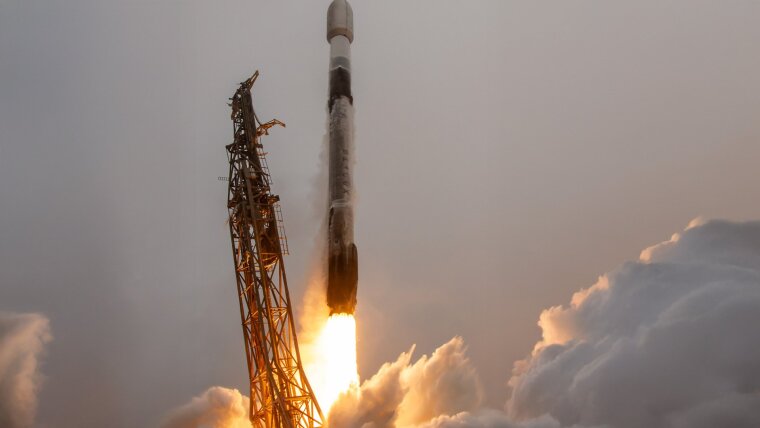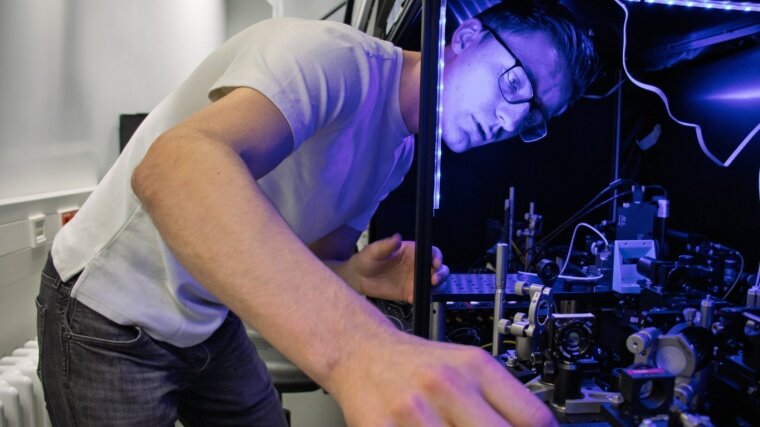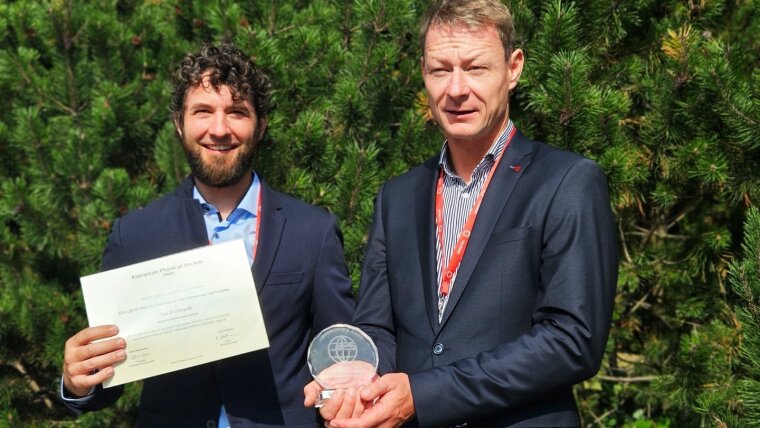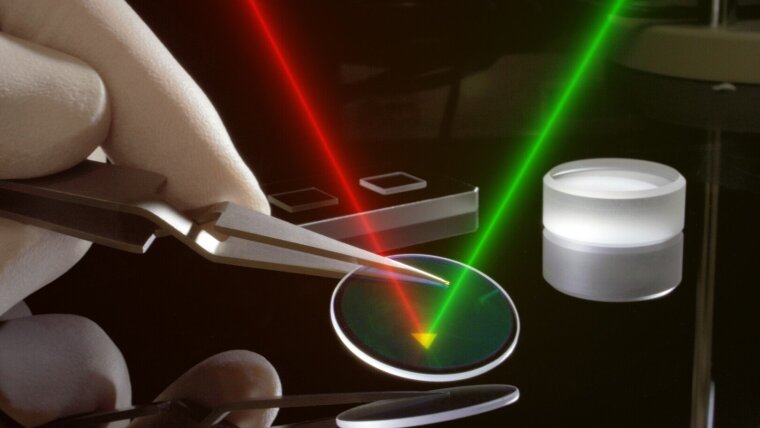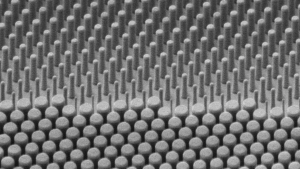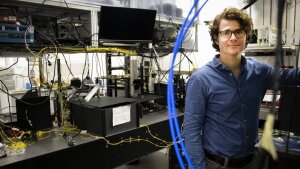The QUICK³ nanosatellite will be used to test key components for the construction of a quantum satellite system in space - a crucial step for secure communication for the future. Additionally, the mission aims to verify a fundamental law of quantum mechanics.
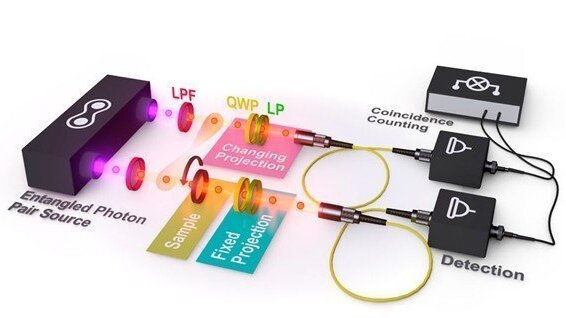
An approach toward non-destructive sample classification via entangled photons recognized as pioneering work in Prestigious APL Photonics Collection
Schematic experimental setup: on the left, the photon source, which sends the polarisation-entangled signal-Idler photon pair into the measuring section. The signal photon hits the sample (front) and changes its polarisation state. The changed photon property is transferred by entanglement to the idler photon, whose property can now be determined by polarisation optics (quarter-wave plate QWP, linear polarizer LP). Before the measurement takes place, an long pass filter (LPF) is used to keep out interference signals.
Welcome to the Institute of Applied Physics
Logo IAP
Graphic: timespinThe Institute of Applied Physics (IAP) at the Friedrich Schiller University Jena has a long-standing tradition and competence in design, fabrication and application of active and passive optical and photonic elements. It is also very well-known for its developments in the area of high power laser technology and nowadys also in quantum optics. Collaborative projects with companies ensure practical relevance and feasibility.
